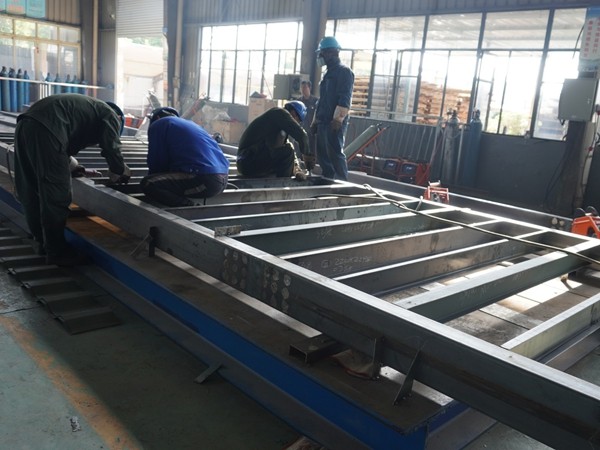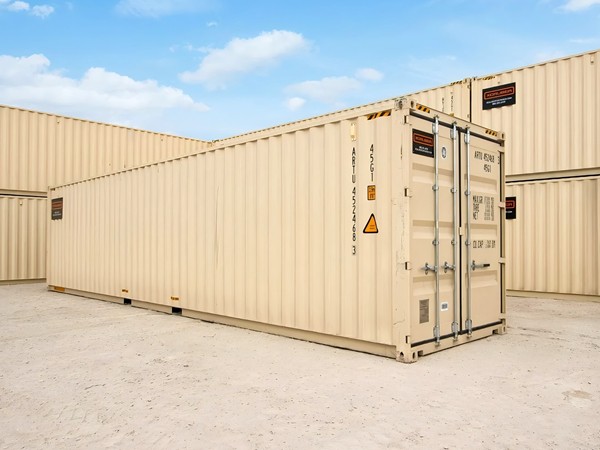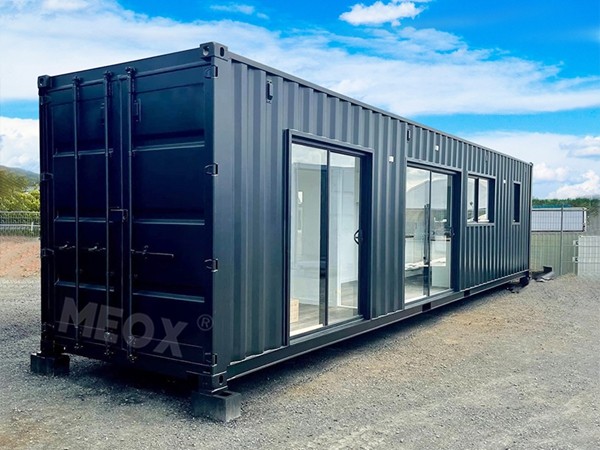Shipping container houses have captured the global imagination, evolving from an affordable housing solution to a trendy architectural choice. Despite their growing popularity, the costs associated with building a shipping container house can vary widely due to factors such as design, location, labor, and materials. Understanding these costs through a comprehensive, expert lens is essential for anyone considering this innovative housing option.
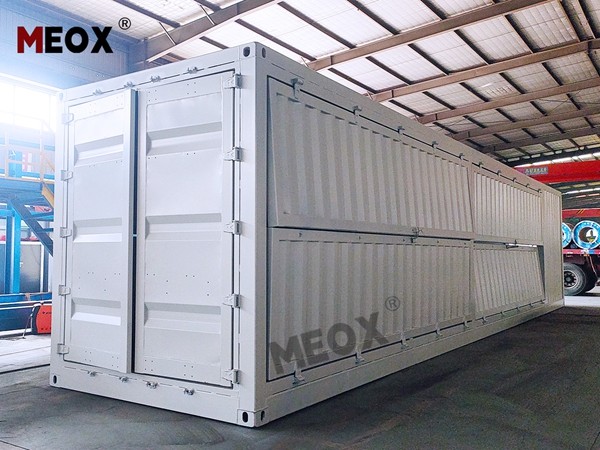
The basic cost of a shipping container, typically around $1,400 to $4,500 per container, serves as the foundation of your building budget. Standard containers come in 20-foot and 40-foot sizes, offering approximately 160 to 320 square feet of space. However, acquiring the containers is just the first step in a multifaceted building process.
Design and planning play crucial roles in dictating the overall cost. High-end architectural designs can dramatically increase expenses, especially when incorporating unique features such as floor-to-ceiling windows, rooftop gardens, or custom interiors. Engaging a professional architect or designer experienced in working with shipping containers can add to your budget but ensures the structural integrity and aesthetic appeal of your house. Design fees can range from $2,000 to $20,000, depending on the complexity of the project.
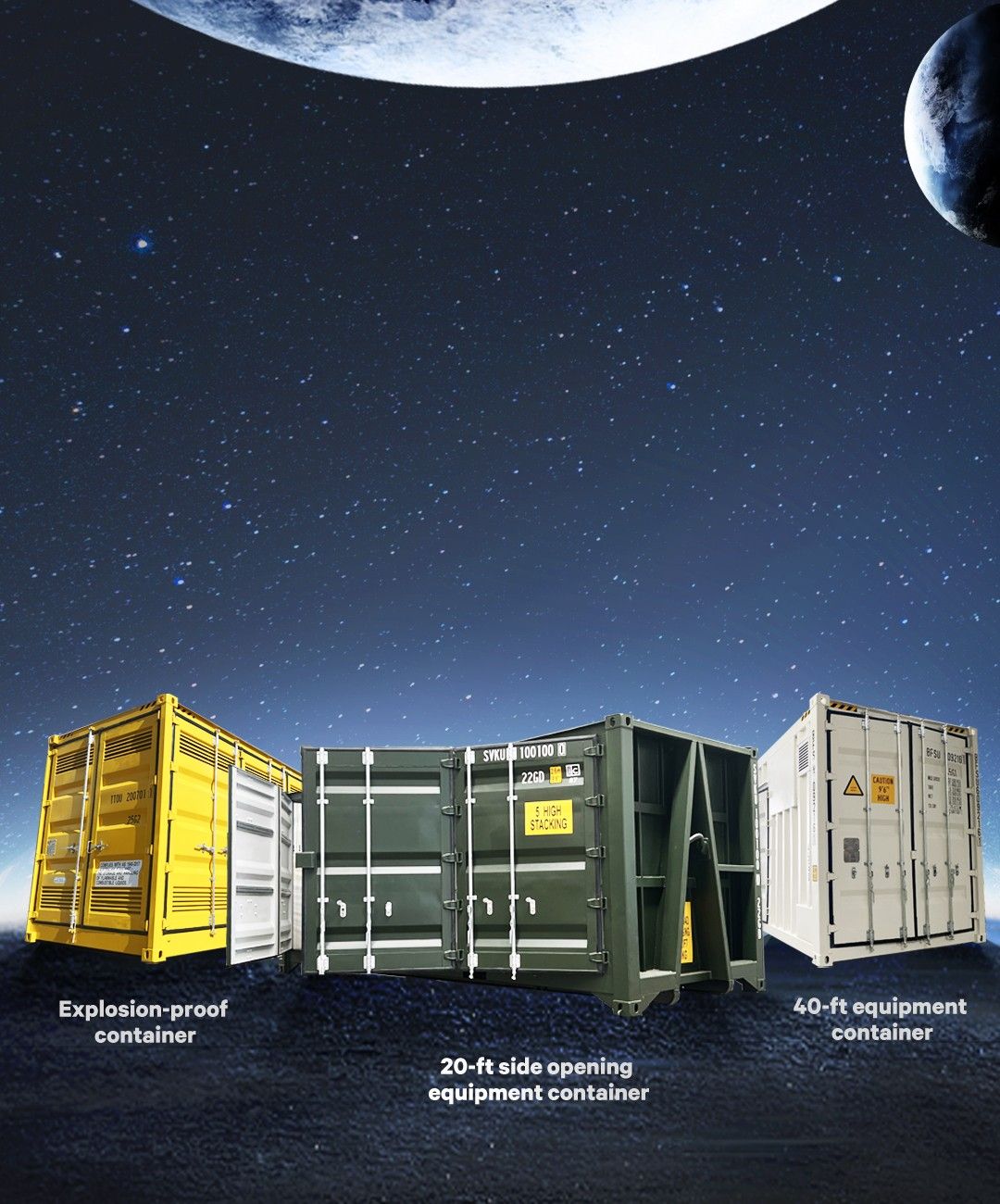
Next, foundation and site preparation must be considered. Properly laying a foundation is crucial for the house’s stability, with costs varying based on the chosen foundation type—concrete slab, pile, or crawl space. On average, expect to spend between $5,000 and $15,000 for a sound foundation. Site preparation costs can add another $1,000 to $3,000, depending on the terrain and location.
Insulation and modifications are necessary to make the container habitable. While metal containers are durable, they are poor in terms of thermal regulation. Insulation costs typically range from $1,600 to $6,000, influenced by the type of insulation (such as spray foam, blanket, or panel) required to comply with local building codes. Additional modifications, including cutting and reinforcing openings for windows and doors, can add an extra $300 to $2,000 per opening.
The interior outfitting is another substantial cost factor, encompassing plumbing, electrical work, and finishing. Installing utilities like plumbing and electricity can range from $7,000 to $20,000, depending on the complexity and local building requirements. Finishing the interior with flooring, cabinetry, and painting usually adds another $10,000 to $30,000.shipping container house cost
Permits and regulations also need careful consideration. Building a shipping container house generally requires compliance with local zoning laws and building codes, which can be a lengthy and detailed process. Permit fees generally cost between $500 and $2,000, but this can vary greatly depending on the region and specific municipal requirements.
Labor also represents a significant portion of the total cost. Skilled labor is essential for constructing a secure and comfortable shipping container house. Labor costs can make up between 20% to 50% of your total budget, varying based on location, skilled worker availability, and project size.
While the base costs provide a framework, unforeseen expenses, such as delays, design changes, or material shortages, can inflate the budget. It’s prudent to set aside a contingency fund, typically 10% to 20% of the total budget, to cover unexpected costs.
Opting for a DIY approach can certainly reduce costs but requires comprehensive expertise in construction, plumbing, and electrical work. Alternatively, hiring a contractor with specific experience in shipping container construction ensures professional-quality results but comes at a premium.
When weighing the financial aspects, also consider the long-term benefits of a shipping container house. These include potential savings on heating and cooling due to energy-efficient designs and possible reductions in maintenance costs due to the durability of steel containers. Moreover, the unique aesthetics of shipping container homes often contribute to higher resale values in niche markets.
Ultimately, understanding the cost of a shipping container house involves more than adding up the price of raw materials and labor. It requires a strategic approach, expert planning, and an appreciation for the potential complications and rewards of this unique housing model. Balancing initial investment with long-term value, shipping container homes offer a distinctive and flexible approach to modern living.


